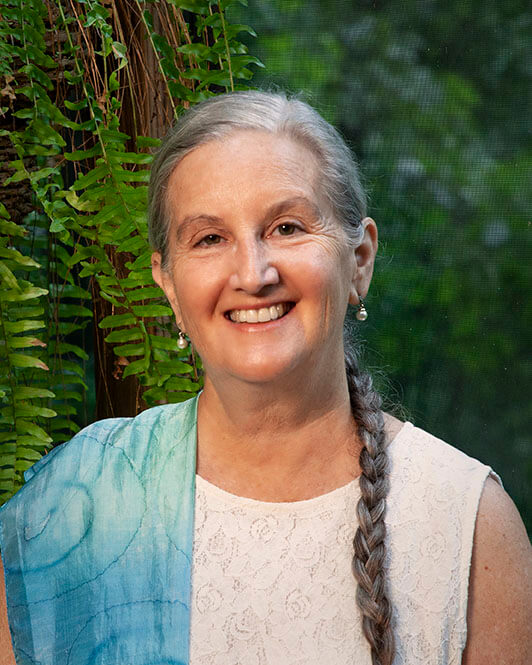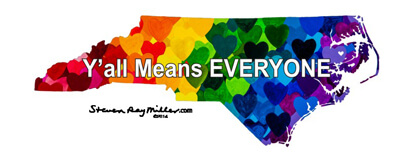Why do some people cope with stress and trauma in a way that allows them to move forward in their lives, while others appear more affected and stuck?
Resilience.
Resilience is the ability to overcome adversity, and it has been a growing topic of study since the 1970s.
Here are the five most common factors of resilient people:
1. They are resourceful and have good problem-solving skills.
2. They are more likely to seek help.
3. They hold the belief that they can do something that will help them to manage their feelings and to cope.
4. They have social support available to them.
5. They are connected with others, such as family or friends.
As we look at these five characteristics, we see that there is nothing “hopeless” about these traits.
Looking for solutions to problems means that we believe that they can be solved.
Seeking help is having faith that even if the answer to our problem isn’t readily apparent, there is someone who can help us find it.
Going to a counselor can help us to understand that our feelings are manageable.
With social support and connection to family and friends, we see that everyone has challenges, and that using those challenges to grow is possible.
Spirituality is the very foundation of resiliency.
Here is a great definition of spirituality by author Brene Brown:
“Spirituality is recognizing and celebrating that we are all inextricably connected to each other by a power greater than all of us, and that our connection to that power and to one another is grounded in love and compassion. Practicing spirituality brings a sense of perspective, meaning, and purpose to our lives.”
Perspective, meaning, and purpose are the opposite of hopelessness! The word power, used in its most positive sense, can also be said to be the opposite of hopelessness. Martin Luther King Jr. described power as the ability to affect change.
How do you feel when you believe that you are powerless to change something in your life? Probably not very resilient!
As you practice the qualities of resiliency, be aware of how you may use various behaviors to numb yourself to your own feelings.
Anesthetizing yourself can be accomplished in a variety of ways: alcohol, drugs, food, sex, relationships, money, work, caretaking, gambling, staying busy, affairs, chaos, shopping, planning, perfectionism, constant change, and the Internet.
Remember that when you numb yourself to your uncomfortable feelings, you also numb yourself to the good feelings – joy, contentment, and hope. Embrace ALL of your feelings and get help with the ones that feel unmanageable.
To experience joy and resiliency, it’s important to practice gratitude.
What does practicing gratitude look like? It might be keeping a gratitude journal, doing daily gratitude meditations or prayers, creating gratitude art, or even just stopping during the day to become aware of what you are grateful for.
As Brene Brown said, “It seems that gratitude without practice may be a little like faith without works – its’ not alive.”
Joy and gratitude can sometimes make us feel quite vulnerable. We sometimes don’t want to feel joyful because we know it won’t last, or we’re afraid that acknowledging our gratitude is an invitation for disaster. Until we can tolerate vulnerability and transform it into gratitude, intense feelings of love will often bring up the fear of loss.
But, as Brene Brown reminds us: “The dark does not destroy the light; it defines it.” This is often the place where our faith comes in.
Brene Brown defines faith in this way: “Faith is a place of mystery, where we find the courage to believe in what we cannot see and the strength to let go of our fear of uncertainty.”
Begin your journey to being more resilient...
Sacred Listener HarDarshan Khalsa, LCMHC, is here to help you find that place of courage, strength, and hope, so that you can make 2024 your most joyful year ever!
Contact her today to book your virtual appointment: 919-257-7814 or hardarshan@sacredlistener.com



